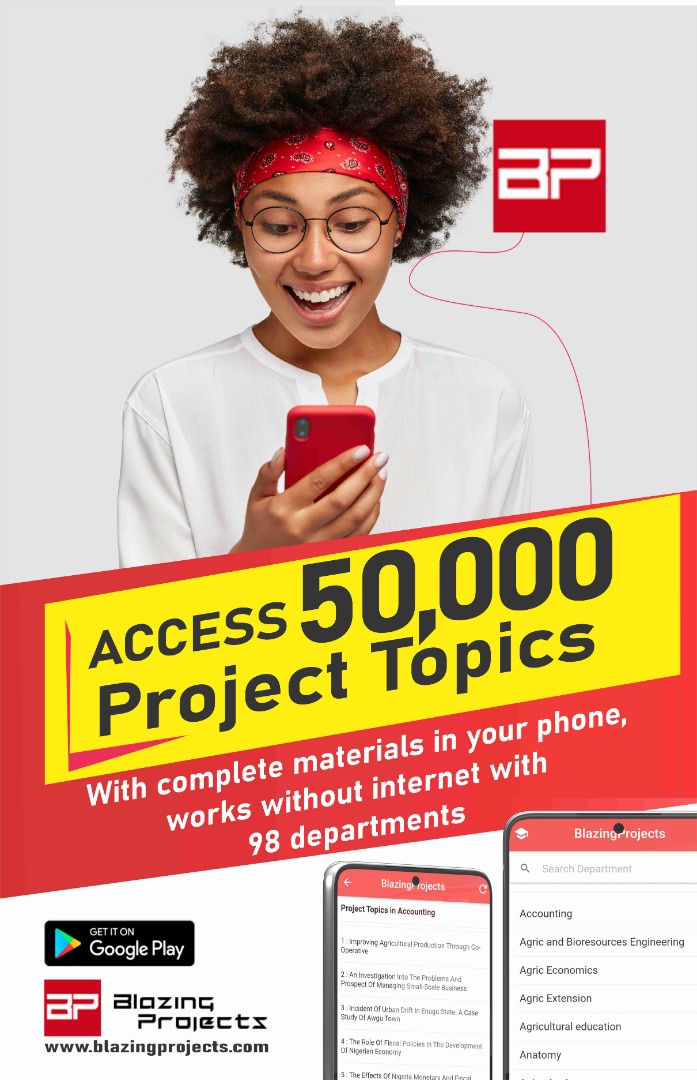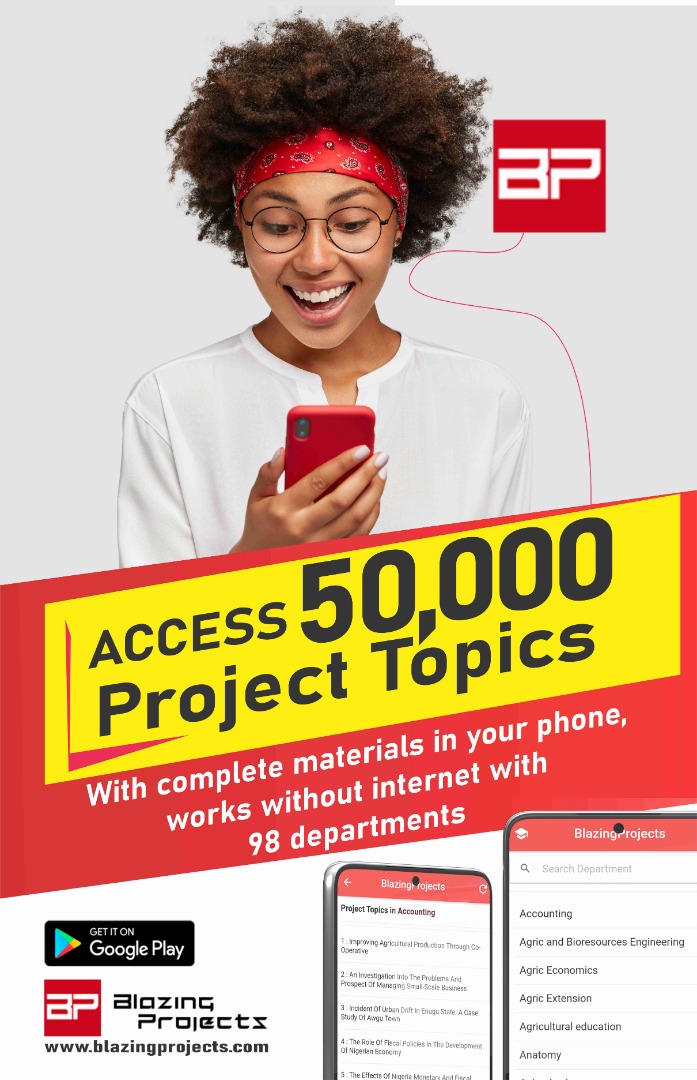
Table of Contents:
Chapter 1: Introduction
1.1 Background of the Study
1.2 Research Problem
1.3 Research Questions
1.4 Significance of the Study
1.5 Objectives of the Study
1.6 Limitations of the Study
1.7 Scope of the Study
Chapter 2: Literature Review
2.1 Evolution of Language and Communication
2.2 Social Media Platforms and Language Use
2.3 Linguistic Features in Online Communication
2.4 Trends in Digital Communication
2.5 Implications of Linguistic Changes on Society
Chapter 3: Research Methodology
3.1 Research Design
3.2 Data Collection Methods
3.3 Sample Selection
3.4 Data Analysis Techniques
Chapter 4: Discussion of Findings
4.1 Analysis of Language Use on Social Media Platforms
4.2 Comparison of Online Communication Styles
4.3 Interpretation of Linguistic Trends
4.4 Discussion on Implications for Society
4.5 Recommendations for Future Research
Chapter 5: Conclusion and Summary
5.1 Summary of Findings
5.2 Conclusion
5.3 Contribution to Knowledge
5.4 Implications for Future Research
Project Summary:
The final year project thesis aims to explore the impact of social media platforms on language and communication evolution. By investigating various online communication styles, linguistic features, and trends on platforms such as Facebook, Twitter, and Instagram, the study delves into how digital platforms have shaped language use in the modern era. The research also examines the broader implications of these linguistic changes on societal norms and communication practices.
The literature review provides a comprehensive overview of the evolution of language and communication, the influence of social media platforms on language use, and the implications of linguistic changes on society. The research methodology chapter outlines the design, data collection methods, sample selection, and data analysis techniques used in the study.
The discussion of findings chapter analyzes language use on social media platforms, compares online communication styles, interprets linguistic trends, and discusses the implications for society. The conclusion and summary chapter provides a summary of findings, conclusion, contribution to knowledge, and recommendations for future research.
Overall, the final year project thesis sheds light on the impact of social media platforms on language and communication evolution, providing valuable insights into how digital platforms have shaped language use in the digital age.
Purchase Detail
Download the complete project materials to this project with Abstract, Chapters 1 – 5, References and Appendix (Questionaire, Charts, etc), Click Here , to place an order via whatsapp. Got question or enquiry; Click here to chat us up via Whatsapp.
You can also call 08111770269 or +2348059541956 to place an order or use the whatsapp button below to chat us up.
Bank details are stated below.
Bank: UBA
Account No: 1021412898
Account Name: Starnet Innovations Limited
The Blazingprojects Mobile App

Download and install the Blazingprojects Mobile App from Google Play to enjoy over 50,000 project topics and materials from 73 departments, completely offline (no internet needed) with monthly update to topics, click here to install.
Recent Comments